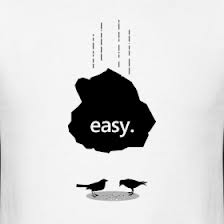The other night I was desperate for a free action movie, so I whipped out my trusty iPad and opened my favorite Chinese Movie app, PPTV, to begin my hunt for a worthy candidate. My expectations include only the basest of manly virtues, that is, senseless violence. I tend to watch more medieval action flicks because while heavy in action, they’re primarily low in vulgarity and naked nudes.
After scrolling around for a few minutes, I thought my quest was all for naught, but behold! Antonio Banderas starring as the 13th Warrior. Ahmed ibn Fadlan is banished from…Babel? Baghdad? Whatever, he’s not even from that continent so I don’t care, to the north as an “ambassador”. Anyway, Zorro is chosen to travel with a band of warriors to save a village from a mysterious evil. Hard to resist right? If my wife was there, there’s no way I’d have gotten away with this movie, not since the DragonBall Evolution fiasco…worst…date…ever. But I liked the movie, just to throw that in there. But I digress… Continue reading






